In the first days of March (lunar calendar), Trung Lap ancient village, Xuan Lap commune (Tho Xuan) is bustling with the Le Hoan Temple Festival - commemorating the king who founded the Tien Le dynasty in the history of the nation. Coming to the Le King Temple Festival, visitors express their admiration for the prestige of the king who "defeated the Song, pacified the Cham" and left his name in history books, and visit the valuable historical and cultural relics and architectural works. And immerse yourself in the space of the ancient land, "discover" the unique customs...
 Le Hoan Temple Festival and Tho Xuan District Culture - Tourism - Cuisine Week attracted a large number of locals and tourists to participate.
Le Hoan Temple Festival and Tho Xuan District Culture - Tourism - Cuisine Week attracted a large number of locals and tourists to participate.
As an ancient village, and the land of the “thang moc” kings of the Tien Le dynasty, it is easy to understand why in the homeland of Trung Lap, many unique customs with their own cultural and religious features have been formed since ancient times, closely linked to the remembrance and worship of King Le Dai Hanh. In particular, the cuisine alone also carries many interesting stories.
After King Le Dai Hanh passed away, the feudal dynasties granted the village public land for the king's funeral. Of the public land, the village reserved one mau to divide among the hamlets to grow golden sticky rice, serving the offering of green rice. Legend has it that when he was a general following Dinh Bo Linh to suppress the rebellion of the 12 warlords, on the way to battle, the army ran out of food, the rice in the fields was still green, Le Hoan had the green rice harvested, roasted, and pounded into green rice, thanks to which the soldiers had dry food to eat. The people of Trung Lap village later grew sticky rice "offering green rice" to remember the old story.
When the rice in the field is coagulated and ready to be made into green rice, the village councils will select young men and women who are skilled in plowing to harvest the rice. Under the guidance of the elders, the harvested rice is winnowed, roasted, and pounded carefully. On the day of pounding green rice, the whole village is filled with the sound of mortar and pestles, and the sound of laughter and chatter... Green rice presented to the king has two types: green rice and honeyed green rice. After being presented to the king, the offered green rice is divided equally among the villagers - called "the king's bounty", and everyone is happy.
Along with green rice, compressed sticky rice is also considered a culinary dish related to the days when the king led his troops to war. Legend has it that in the past, when the king went to war, he often gave his troops rice balls to carry with him, cooking one meal for the whole day. Following that story, after steaming the golden sticky rice, the people of Trung Lap would put it in a mortar and pound it until it was sticky enough, then put it in a mold, cut it into slices, then sprinkle crushed green beans on top, called compressed sticky rice. Compressed sticky rice made this way could be kept for the next day without spoiling. In the past, compressed sticky rice was made on special occasions such as Tet and the Le King Temple festival. Along with offerings, compressed sticky rice was also a dish to entertain guests from afar.
When mentioning offerings to King Le Dai Hanh in Trung Lap, it is impossible not to mention baked Chung cake. Still made from ingredients such as sticky rice, green beans, pork... but baked Chung cake is made more elaborately. The Chung cake for the king is made large and thick (each side is 30cm, 15cm thick). To keep the Chung cake green, along with the riềng leaves, people also pound Ngăm leaves (a type of leaf found locally) and boil them with sticky rice before wrapping the cake. After wrapping, the Chung cake is placed in a jar and baked for a long time. The finished baked Chung cake must be evenly cooked, without any rough corners.
Baking banh chung requires patience and experience. Because the cake is baked in a jar, it is impossible to light a large fire with regular charcoal - the high temperature will break the jar. Instead, people use dry straw rolled into a solid pile, when the fire burns into the pile of straw, rice husks and sawdust are poured on top, and the fire burns slowly day and night, so it is called baked banh chung. To bake the cake successfully, someone needs to watch the kitchen continuously.
With many years of experience in wrapping and baking banh chung in the Le Hoan Temple Festival, Mr. Do Huy Hien, the head of Trung Lap village, proudly said: “Making banh chung is easy but difficult, but it seems difficult but it is actually easy. It is difficult for those who are not diligent and lack perseverance, not only will the jar break but the cake can be soggy on the outside and raw on the inside. But it is easy for those who are careful, just follow the experience passed down by their ancestors, then they will definitely succeed. The custom of making banh chung in Trung Lap has existed since ancient times, as a special offering to King Le Dai Hanh to express their gratitude to the king... It is so elaborate but fortunately, until now, the beautiful custom of making banh chung is still maintained by Trung Lap people every Tet holiday, especially during the Le Hoan Temple Festival”.
According to the Trung Lap village chief, the beautiful custom of making baked banh chung, in addition to the meaning of offering to King Le Dai Hanh, is also an opportunity for villagers to connect emotionally and increase solidarity. Making banh chung together, staying up all day and night to bake the banh chung - telling each other stories of the land, stories of the village; the story of the boy Le Hoan from his poor days to becoming the king who "defeated the Song and pacified the Cham" and made the enemy terrified... It is not an exaggeration to say that for hundreds of years, the historical and cultural traditions of the land and people of Trung Lap have been "transmitted" through the making of baked banh chung.
And when talking about the cuisine of King Le's land - Trung Lap village, we cannot help but mention the "king's" rattan gear. In particular, the story about the rattan gear in Trung Lap also "started" from the story of "the king plowing" in the past. After ascending the throne, defeating the Song invaders in the North, and pacifying Champa in the South, King Le Dai Hanh set out to build the country. Recognizing the importance of agriculture, the king spent a large part of the national treasury to focus on dredging canals and irrigation... And to encourage people to develop agriculture, in early spring, the king personally plowed the fields.
Trung Lap people believe that the rice cake shaped like a plowing tooth originated from the memory of King Le Tich Dien in the past. The cakes are made from delicious rice flour, along with wood ear, pork, minced onion, wrapped in banana leaves, after steaming, they have an attractive flavor, conquering diners. The explanation for the rice cake in Trung Lap is also called "royal cake", according to the elders in the village, the rice cake in the past was usually only made on the occasion of Tet, village festivals, the cakes were made carefully, people brought a portion to King Le Temple to offer, so maybe that's why it is called royal cake?!
Nowadays, from a traditional dish, Trung Lap village’s “banh rang bua” has become a rustic cuisine that “attracts customers” from near and far. Trung Lap villagers are also proud to “show off” that the sentiment of the land and the people of Trung Lap village is “wrapped” in the “banh rang bua”!
Over time with the constant changes of life, the loss and gain of ancient customs is inevitable. But fortunately, many unique culinary cultures and beautiful customs in the homeland of King Le Dai Hanh are still preserved and developed. Coming to the Le Hoan Temple Festival and the Tho Xuan Culture - Tourism - Culinary Week in 2024 taking place from the 5th to the 9th of March (lunar calendar), immersing in the sacred space of the festival, visitors can experience and explore unique customs, enjoy special cuisine in the land of the two kings Tho Xuan...
Mr. Nguyen Xuan Hai, Vice Chairman of Tho Xuan District People's Committee, said: “The special national relic of Le Hoan Temple is one of the oldest temples in Thanh Hoa with many historical, cultural and architectural values preserved through feudal dynasties. In 2023, the Le Hoan Temple Festival was included in the List of National Intangible Cultural Heritage. In order to promote the tangible and intangible values of the heritage, when coming to the Le Hoan Temple Festival and the Tho Xuan District Culture - Tourism - Cuisine Week in 2024, in addition to sightseeing, offering incense, and worshiping, visitors can immerse themselves in the cultural space with folk games and performances such as Xuan Pha dance; experience making banh la rang bua, banh gai and enjoy famous local cuisine on the spot; directly observe the process of making banh chung nung - a unique cultural feature of Tho Xuan... The long-term religious and spiritual rituals and cultural, tourism and culinary activities create a festive space. joyful festival, imbued with identity... Hopefully, the Le Hoan Temple Festival and Tho Xuan Culture - Tourism - Cuisine Week will create a widespread influence, gradually becoming a "habit" for tourists near and far, contributing to the tourism development of Tho Xuan district".
Thu Trang
Source


![[Photo] Looking back at the impressive moments of the Vietnamese rescue team in Myanmar](https://vstatic.vietnam.vn/vietnam/resource/IMAGE/2025/4/11/5623ca902a934e19b604c718265249d0)

![[Photo] "Beauties" participate in the parade rehearsal at Bien Hoa airport](https://vstatic.vietnam.vn/vietnam/resource/IMAGE/2025/4/11/155502af3384431e918de0e2e585d13a)



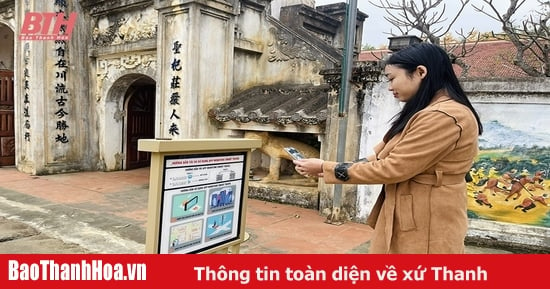

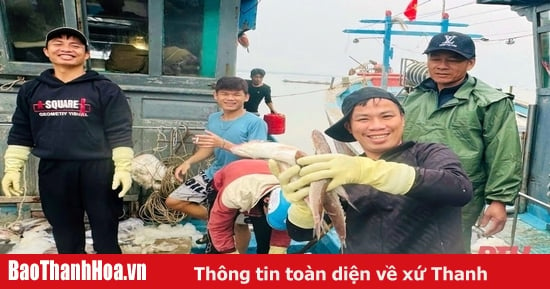
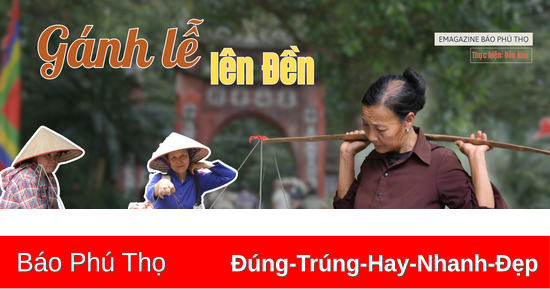
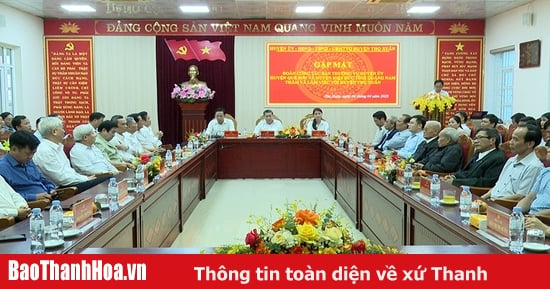
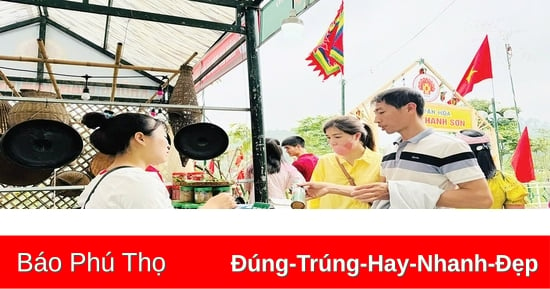

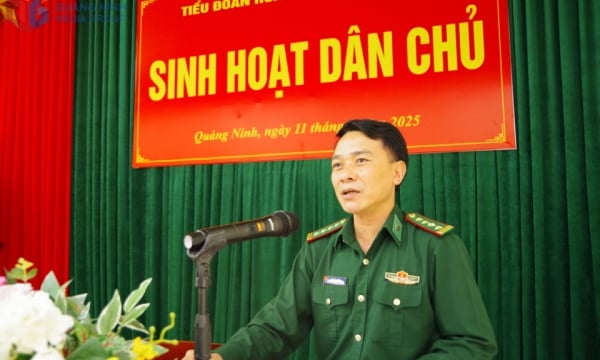
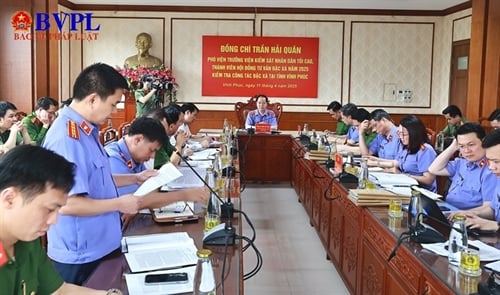
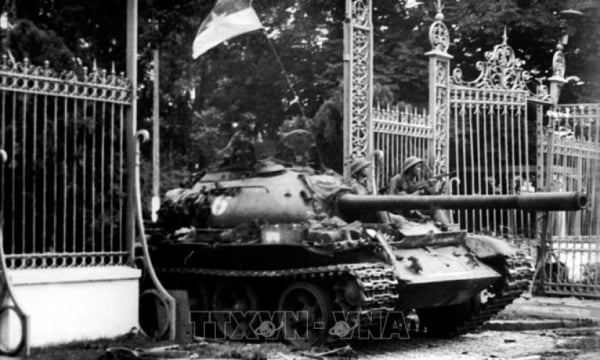
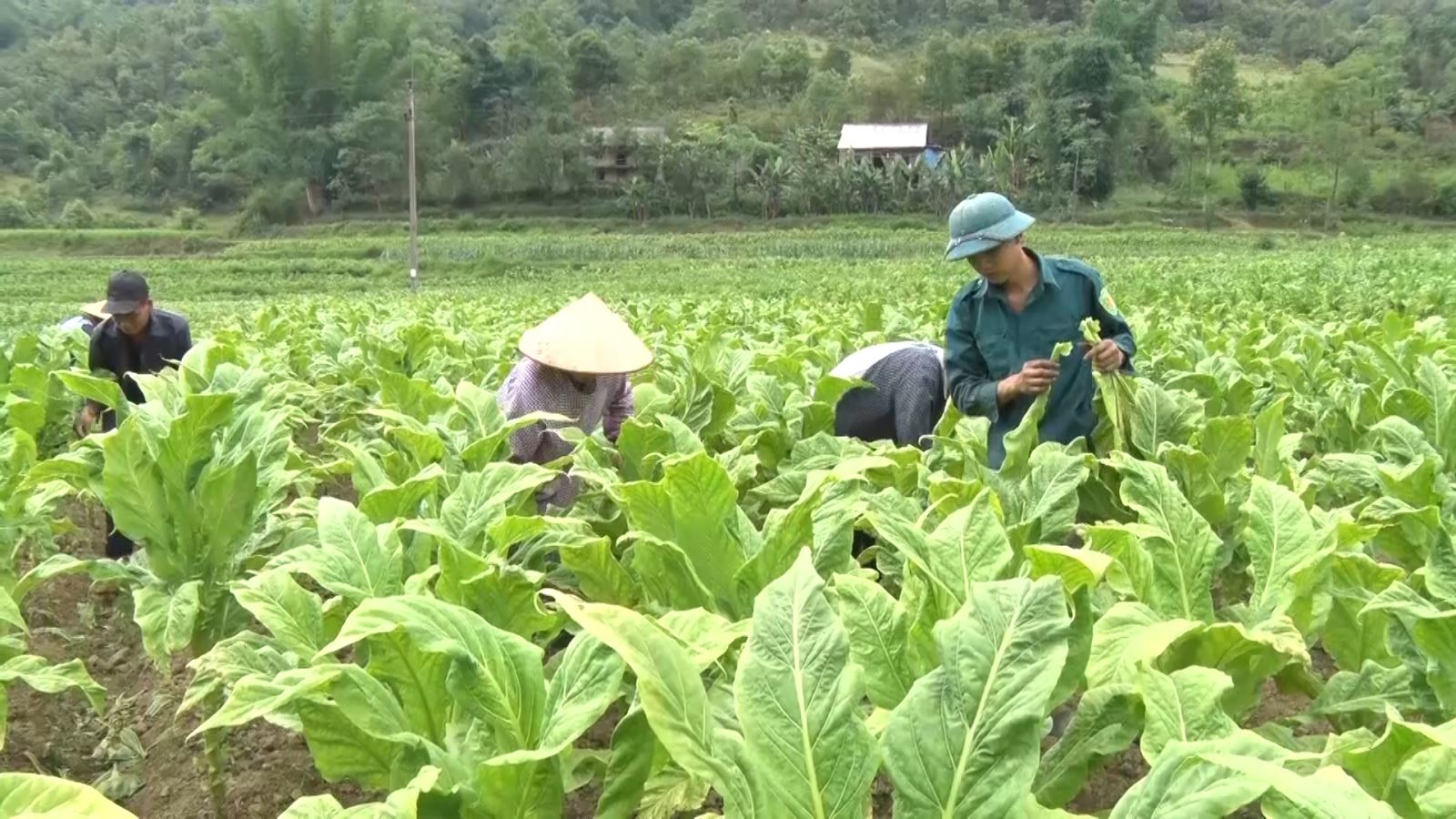
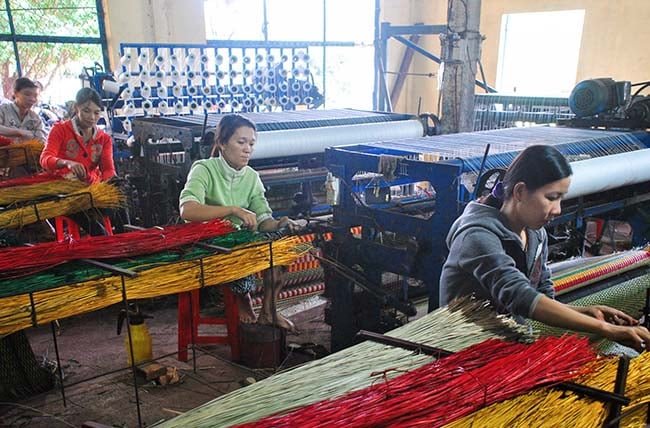



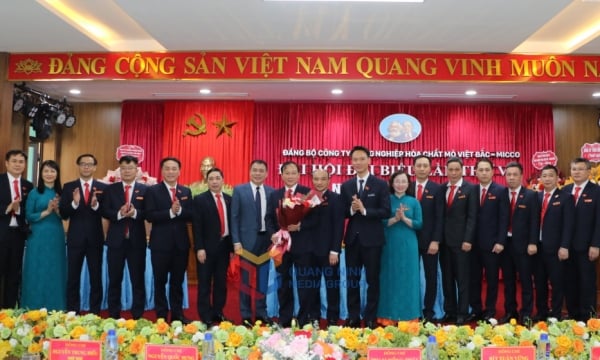
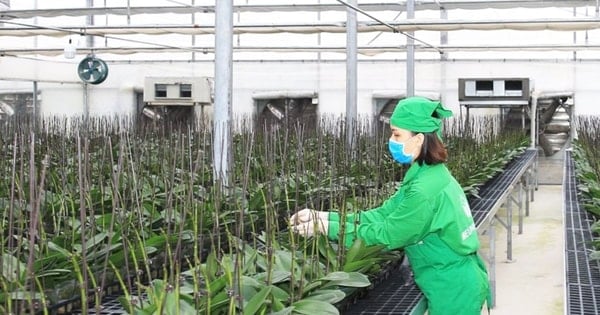
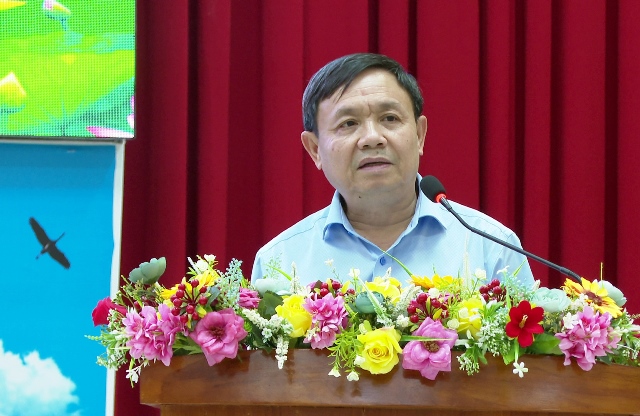


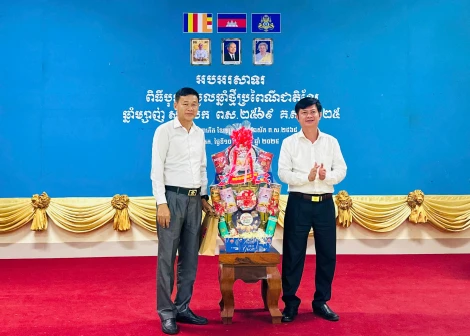

![[Photo] Summary of parade practice in preparation for the April 30th celebration](https://vstatic.vietnam.vn/vietnam/resource/IMAGE/2025/4/11/78cfee0f2cc045b387ff1a4362b5950f)
































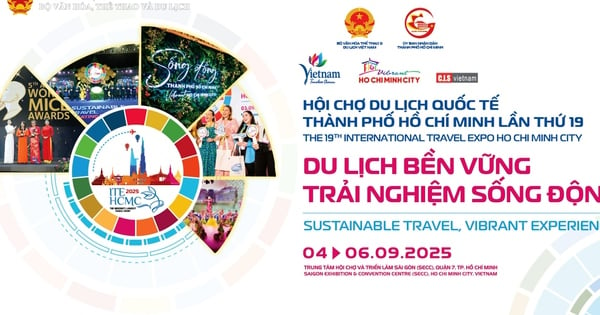





















Comment (0)